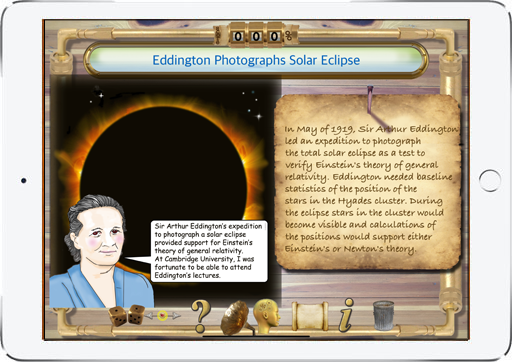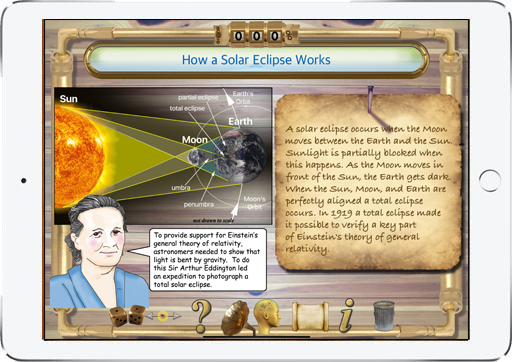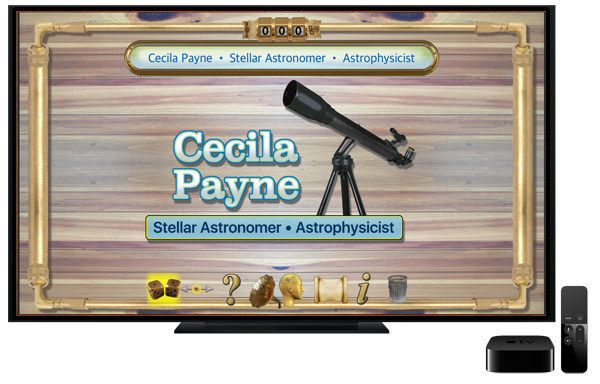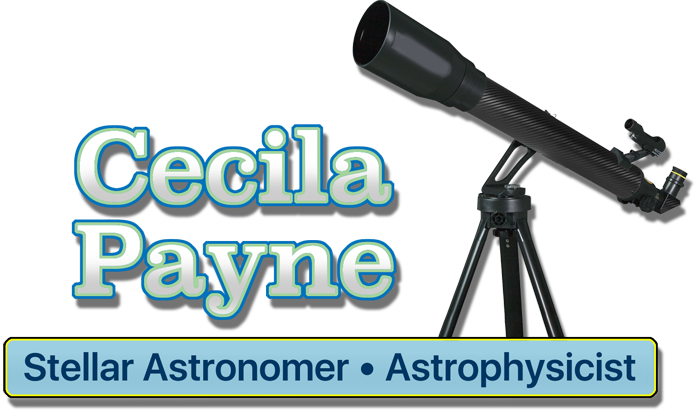
Check out our new Augmented Reality Apps! Check out our Giants in Math and Science Series: Ada Lovelace • The First Coder |
With this app students learn about the life and contributions to stellar astronomy and astrophysics made by Cecilia Payne. It discusses the discovery of composition of the sun and stars. Cecilia Payne was born in Wendover, England. The new century had just begun, and in 1900, women did not have great educational opportunities, especially in science. Cecilia’s father was a barrister. He worked in London. Cecilia’s mother was an artist and musician. She was the eldest of three children. Cecilia’s mother introduced her to classic literature by reading Homer’s Odyssey to her when she was a young child. Her mother also taught her Latin and other languages. Cecilia was fluent in French and German by the time she was 12 years old. During the early part of the twentieth century, scientific disciplines were not readily open to women as a field of study. There were many challenges and roadblocks that made it overly difficult for women to get a science education. During her lifetime, Cecilia Payne made several important scientific breakthroughs. She also made many social breakthroughs for women. Students will enjoy using this graphically illustrated, interactive learning tool. The timeline feature presents key events in the development of our modern understanding of the structure and composition of stars. By tapping on timeline points brings up descriptions of historically significant events and the role the Cecilia Payne played. A quiz function helps students demonstrate their comprehension of the reading material. Key science concepts are shown in colorful illustrations. We hope this app will inspire students to study astronomy and astrophysics. The app shows that Cecilia Payne certainly deserves the place she has earned in the history of science.
|
Special features make using Cecilia Payne • Stellar Astronomer and Astrophysicist fun: 1. Tap buttons to learn about the major events in her life. 2. interesting facts are presented using colorful charts. 3. Tap the quiz or game buttons to practice what you've learned. 4. Read about some of the significant events in the history of physics and chemistry and the important contributions that Cecilia Payne made during her lifetime. 5. Sound effects make the interaction even more fun. 6. Available for iPad and Apple TV devices. |
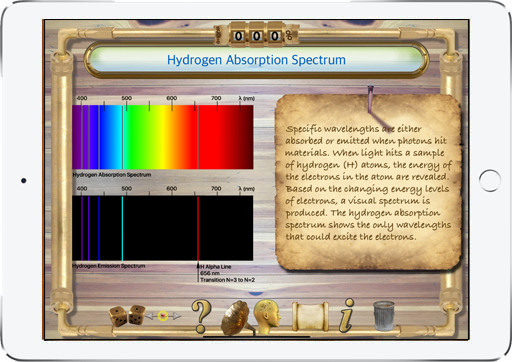 |
Available now for Apple TV Bring the excitement of exploring the scientific breakthroughs and contributions made by Cecilia Payne to your classroom or living room with the Apple TV version of the Cecilia Payne app.
|
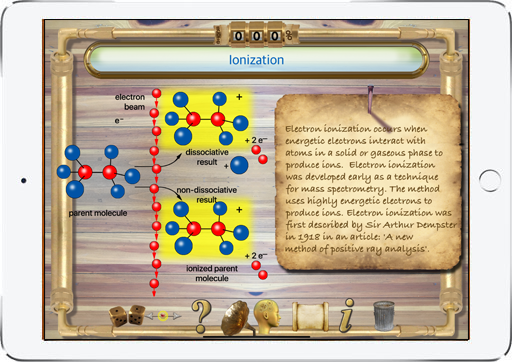 |
$1.99 |
